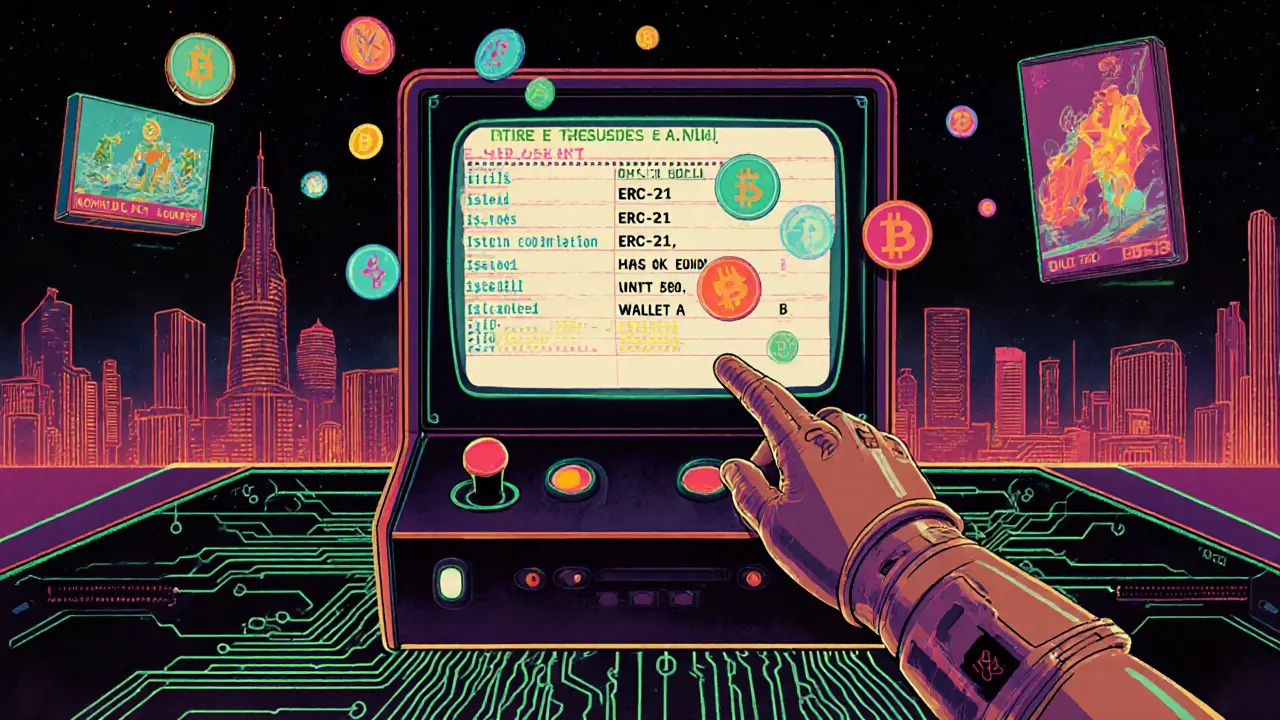Verify NFT Ownership: How to Confirm True Digital Asset Control
When you buy an NFT, you’re not just buying a picture—you’re buying proof of ownership recorded on a blockchain. But how do you verify NFT ownership for sure? It’s not enough to see it in your MetaMask wallet. Scammers copy images, fake listings, and clone contracts every day. To know you truly own the asset, you need to check the on-chain record. This isn’t guesswork. It’s a direct link between your wallet address and the smart contract that minted the NFT. NFT ownership, the verifiable right to a unique digital asset recorded on a blockchain. Also known as on-chain provenance, it’s what separates real collectibles from screenshots.
Verifying ownership means checking three things: your wallet holds the token ID, the token ID exists on the correct contract, and the contract is legitimate. Tools like Etherscan, OpenSea’s contract verification, and blockchain explorers let you trace this path. If your wallet shows NFT #420 from a contract like 0xabc...123, you can paste that contract address into a blockchain explorer and see if #420 is listed there. If it is, and the contract matches the official one (not a copycat), you own it. blockchain verification, the process of confirming digital asset ownership using public ledger data. This is how platforms like OpenSea and Blur check authenticity before letting you trade. NFT wallet check, the act of matching a wallet address to a token ID on a blockchain. Without this, you’re trusting a website’s word—never a good idea in crypto.
Many people think owning an NFT means having the file downloaded or saved. That’s not ownership—that’s downloading a JPEG. Real ownership is about control: only your private key can transfer the token. If someone else can move it, they own it. That’s why cold wallets matter. If your NFT is on a hardware wallet like Ledger and you can see it on Etherscan linked to your public address, you’ve verified it. If it’s on an exchange, you don’t own it—you’re just renting it. digital asset proof, the cryptographic evidence that ties an asset to a specific wallet. This isn’t theory. It’s how law enforcement traces stolen NFTs and how projects audit airdrop eligibility.
Every post in this collection tackles real-world cases where ownership verification saved users from loss or helped them claim rewards. From checking if you qualified for the EQ Equilibrium airdrop by proving NFT holdings, to confirming you held the right NFT before the ZooCW Mega Event, verification was the gatekeeper. Some guides show how to spot fake NFT contracts that look real but aren’t. Others walk you through using blockchain data mining to trace ownership history. You’ll find checks for NFTs on Tezos, BNB Chain, and Ethereum—all using the same core principle: trust the chain, not the interface.
Whether you’re holding a meme coin NFT or a rare digital artwork, if you can’t verify ownership yourself, you’re at risk. This isn’t about being a tech expert. It’s about being careful. Below, you’ll find step-by-step guides that show you exactly how to do this—no jargon, no fluff, just the checks that work in 2025.
Learn how to verify NFT ownership on blockchain using Etherscan and other tools. Understand what NFT ownership really means, spot scams, and avoid common pitfalls when buying or selling digital assets.
More